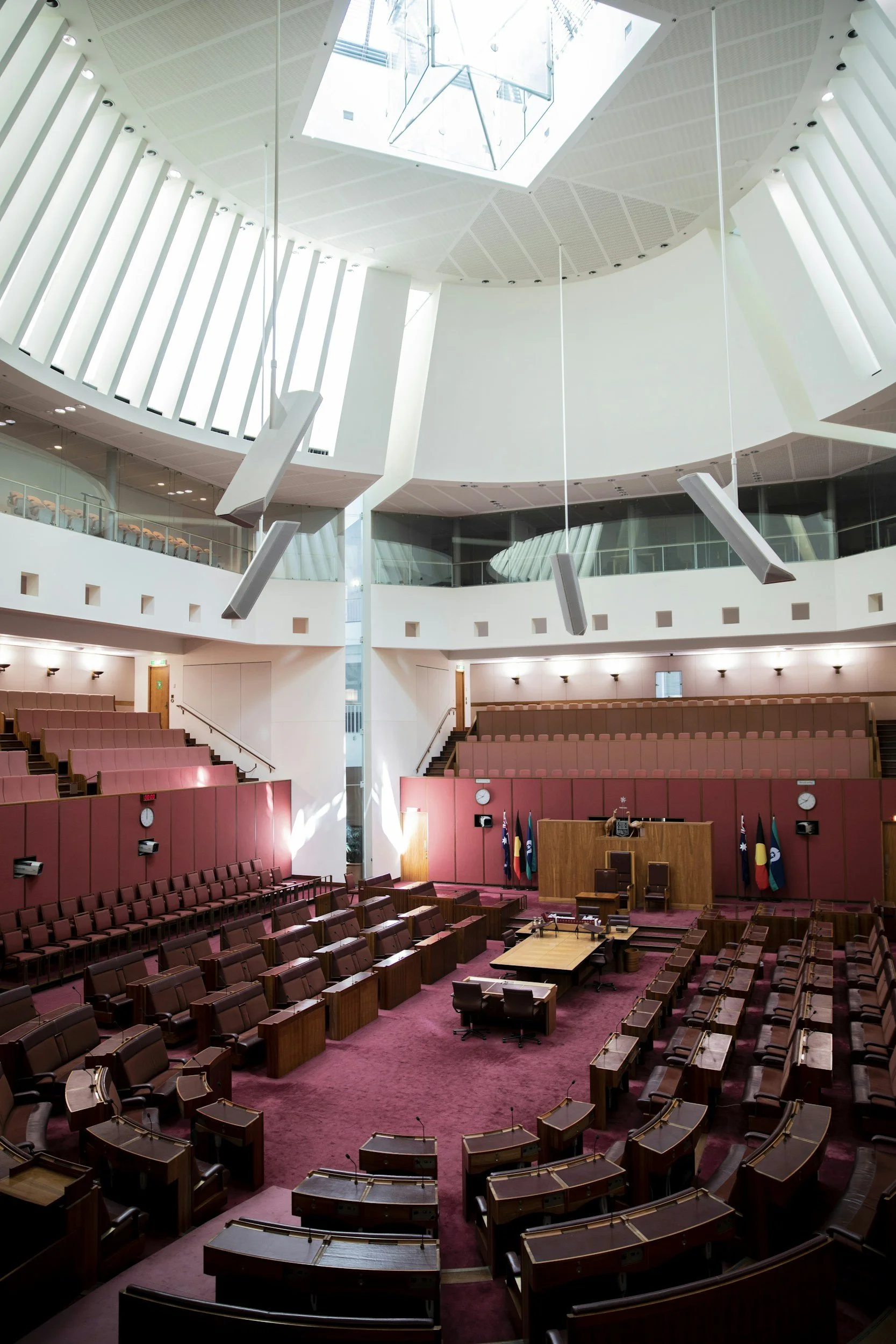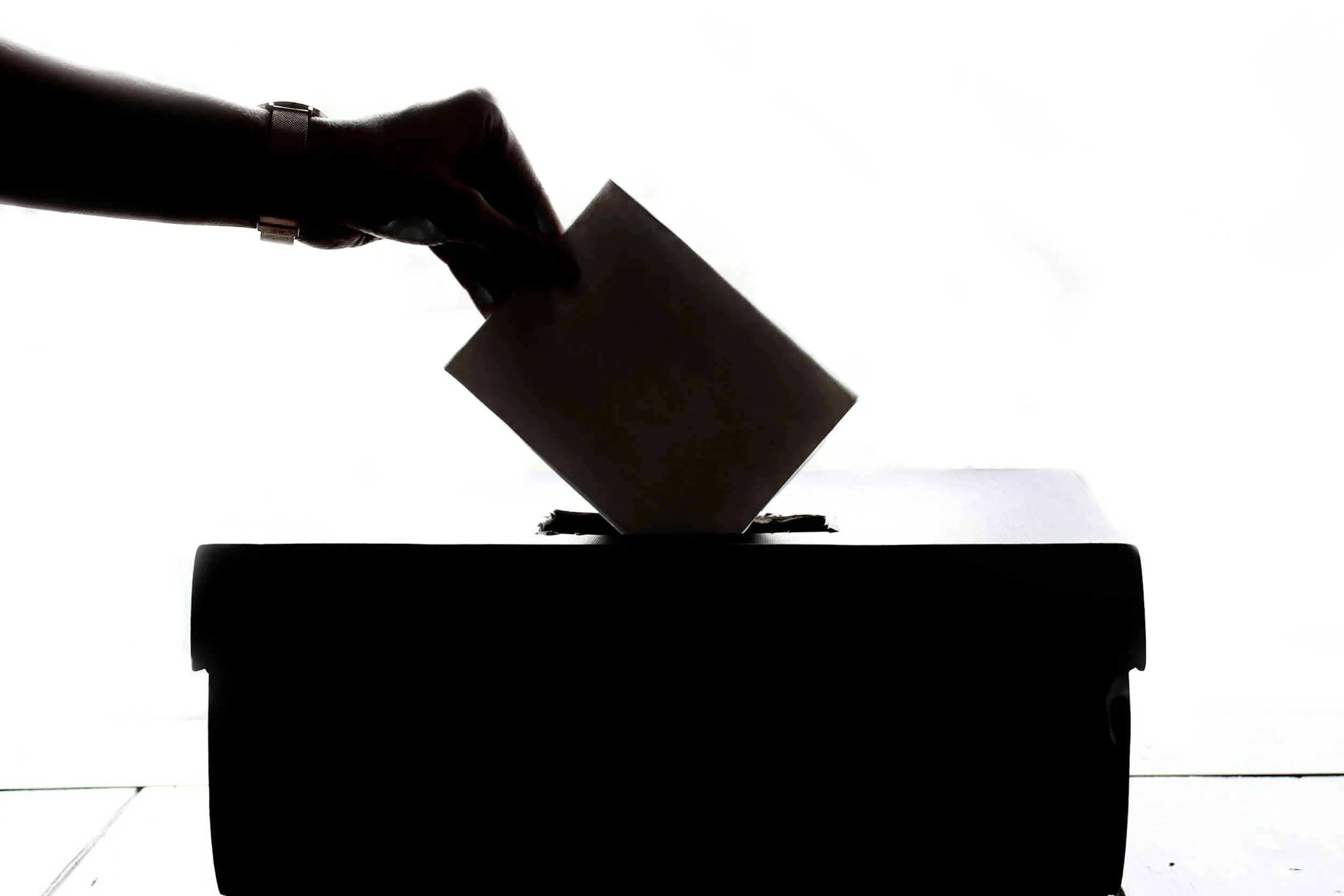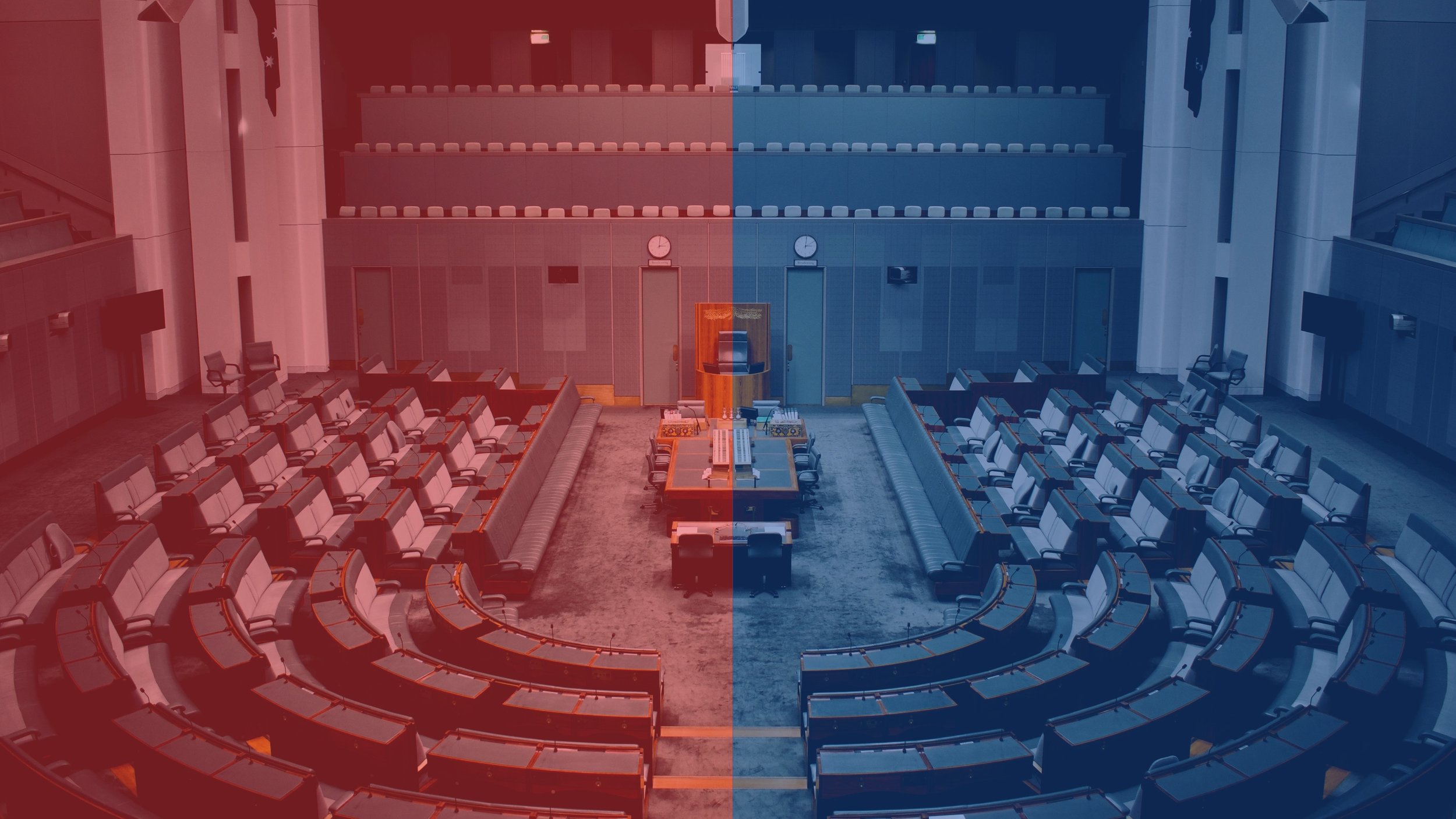
Being Election Ready
What is election readiness?
When voters are due to head to the ballot box, this poses additional opportunities and challenges for not-for-profits and other for-purpose organisations. Election readiness is all about being prepared and ready for the opportunities and challenges associated with political elections. In Australia, most organisations need to figure out their government engagement approach for local, territory, state and/or federal elections.
Many not-for-profits try to get election ready in a matter of months. This is often a stressful and ineffective dash to the electoral finish line. At Tanck, we work with our clients on their election readiness in advance. This means they have time to lay the groundwork in terms of strategy design and implementation as well as relationship building and maintenance. We share more about the marathon and sprint techniques for being election ready further down in this article.

There are a whole host of reasons to care about election readiness. We’ve outlined a few of the ones we see as critical at Tanck below.
Other rules come into play
In the run-up to the election, things look very different. While the ordinary business and administration of government continues, it also goes into caretaker mode which means new significant policy, legislation and funding changes cannot be implemented.
There are also laws and requirements relating to charities endorsing political candidates and parties, and reporting election-related expenses. These become more pertinent and receive greater scrutiny around election time. Failing to comply can be a big deal, such as costing organisations their charity status, meaning individuals lose their jobs, seriously damaging your brand and reputation, and ruining relationships with government and other stakeholders. You can find out more from the ACNC here and the AEC here.
A golden opportunity
In the run up to elections, candidates are looking for votes. This means, they are knocking on doors in their electorates, meeting with constituents and organisations, attending community and other events, sitting down with radio presenters and podcasts hosts, and generally being out and about. This could open up the chance of a meeting, which might have previously been more difficult.
Going beyond this, political parties are shaping a new batch of policies and pitches. If you have a cause or solution that will resonate with voters, politicians and their parties might be more willing to hear and incorporate your ideas.
A limited window
While elections present an incredible chance to progress policy, legislation and funding wins, the window of opportunity is very narrow. Politicians, their advisors and other government stakeholders are incredibly busy and even more highly scrutinised during elections. This puts them under greater pressure.
While you may be able to organise meetings, you will likely only be able to meet with each candidate once (if at all). If, as with most not-for-profits, the issue you work on is complicated, it will be difficult to convey the complexity of the challenge and the solutions in one short conversation. In addition, with all the requests being placed on candidates and the pressure cooker they’re living in, your call-to-action can easily get lost. This means that there are a miniscule number of situations when people are able to get what they want from short-term engagement in the run-up to an election. This is why election readiness that goes beyond a two or three month government relations plan is really valuable.
When voters are due to head to the ballot box, this poses additional opportunities and challenges for not-for-profits and other for-purpose organisations. Election readiness is all about being prepared and ready for the opportunities and challenges associated with political elections. In Australia, most organisations need to figure out their government engagement approach for local, territory, state and/or federal elections.
Many not-for-profits try to get election ready in a matter of months. This is often a stressful and ineffective dash to the electoral finish line. At Tanck, we work with our clients on their election readiness in advance. This means they have time to lay the groundwork in terms of strategy design and implementation as well as relationship building and maintenance. We share more about the marathon and sprint techniques for being election ready further down in this article.

Frequency of elections in Australia
The first step in election readiness is knowing how often and when elections take place. Given we have federal, state and territory, and local elections in Australia, it’s a relief that they don’t all happen at the same time! See below for more information about the schedule of the various Australian elections.
Federal elections
Australian federal elections are held roughly every three years and have been held on a Saturday since 1913. The exact timing of upcoming federal elections is unknown because the date is determined by the Governor-General, following a request from the sitting Federal Government. This process means the in-power party generally calls the election at a time they believe will be favourable to them keeping or growing their majority.
You can read more about the schedule of Australian federal elections on the Australian Electoral Commission (AEC) website here. The last federal election was held in May 2022. This means the next Australian election will likely take place in the weeks or months running up to May 2025. Both the ABC and the Guardian have developed visual summaries of the 2022 federal election results – see here and here.
State and territory elections
In Australia, there are four year terms for all state and territory lower houses. If a state/territory election and the federal election are due to happen on the same day, the federal election takes precedence.
You can find out about Australian state and territory elections through the following links:
ACT here – every four years on the third Saturday in October
NSW here – every four years on the on the last Saturday in March
NT here – every four years on the fourth Saturday in August
QLD here – every four years on the last Saturday in October
SA here – every four years on the third Saturday in March
TAS here – every four years with the specific date determined by the Premier
VIC here – every four years on the last Saturday in November
WA here – every four years on the second Saturday in March
Local elections
The frequency of local elections in Australia varies on a state-by-state basis. Most states and territories hold local elections every four years or every two years. As with federal, state and territory elections, local elections are generally held on a Saturday. The links above also include state- and territory-specific information about local elections.

The marathon approach to election readiness views government engagement as a long-term activity. Marathon runners prepare and pace themselves to cover the distance required. Experienced government engagement professionals are similar in that they prepare and pace themselves for ongoing and continuous campaigning. This doesn’t mean that every week or month has the same level of government engagement activity. There may be slower periods when your organisation is particularly busy and periods of higher activity, such as around sitting weeks. As one of our team likes to say, the marathon approach is a bit like the Tour de France; you hammer it on the flat and you slow down for the climbs.
For not-for-profits seeking major change – be that policy, legislation, funding or infrastructure – the marathon approach to election readiness and government engagement is generally required. These long-term changes that are orders of magnitude greater can take years to achieve.
Government Engagement: The marathon approach to elections
Government Engagement: The sprint approach to elections
The alternative is the sprint approach to government engagement. This is either a single burst of intense activity or a series of bursts. Many organisations see election readiness as a sprint whereby they try to formulate and implement a short-term strategy in a couple of months.
In our experience, sprinting is generally exhausting and ineffective if used as your only government engagement approach. We’ve found that thinking about government relations, including being election ready, as a marathon is the way to go. Within this marathon approach, there will be moments of higher and lesser intensity. Key here is to plan ahead so you can anticipate when to up the pace, and then prepare and resource accordingly.
How Tanck can help you get election ready
Whether you’re planning 2 years, 12 months or 6 weeks out from the polls, we’d love to help get you election ready! Our election readiness services support you through the election itself and lay the groundwork for you to effectively engage government long after the polls close.
First of all, we have a free election readiness checklist that you can download here.
If you’d like additional support, we can tailor an election ready package to your organisation’s needs, which might include:
Government engagement strategy development to define what you want and how to get you there;
Understanding and managing key regulations, restrictions and risks, while also making progress towards high impact outcomes;
Scheduled coaching sessions with our team of political campaigning and communications experts;
Stakeholder mapping to effectively engage and target candidates across the political spectrum;
Framing and messaging support to amplify your voice and mitigate risk;
Hands-on letter writing and collateral creation advice to strengthen communications;
Media monitoring services to keep abreast of what political stakeholders are saying and how it impacts your not-for-profit;
Creation of a first 100 days plan to continue your momentum into the critical first months of the new government; and
Access to Tanck’s election templates and tools.
